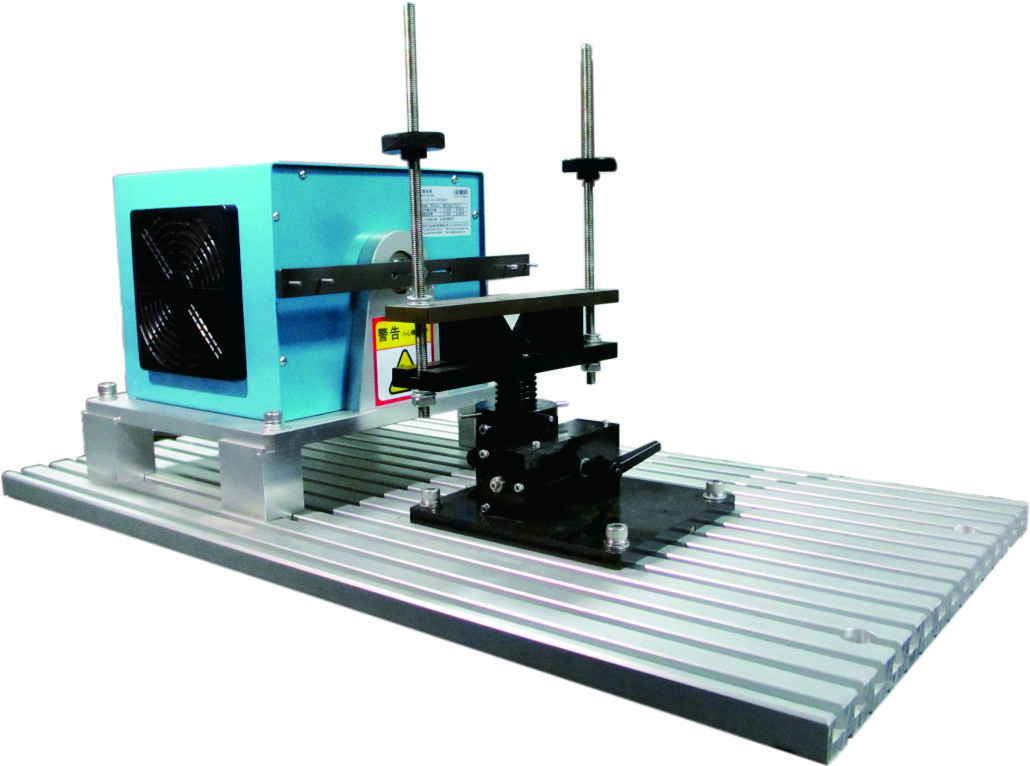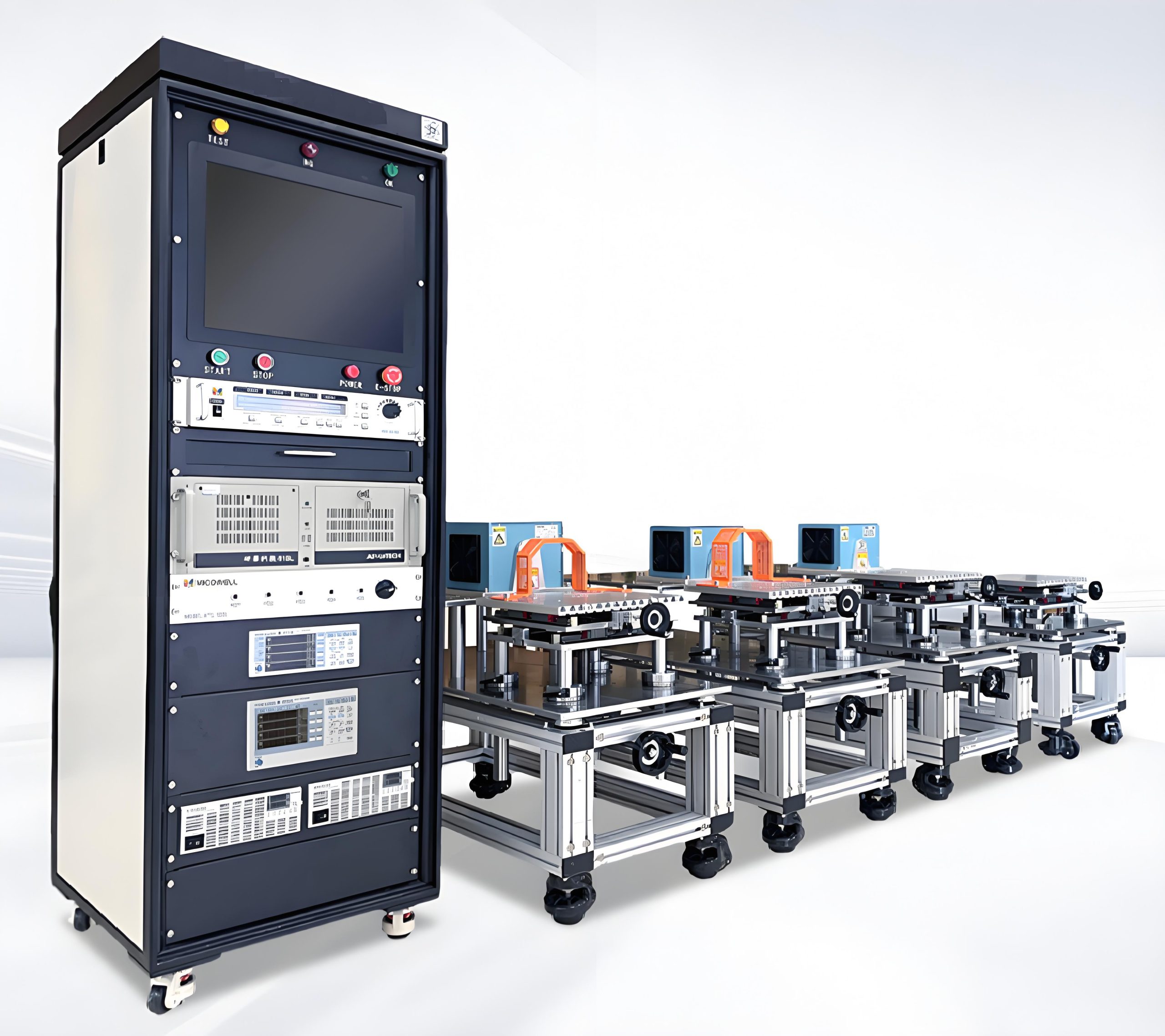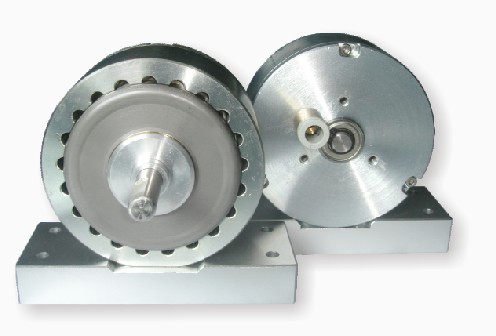In the fast-paced world of industrial innovation, precision and reliability are non-negotiable. Whether you’re engineering cutting-edge electric vehicles, optimizing aerospace systems, or perfecting consumer appliances, the tools you use to test and control motor performance can make or break your success. Enter hysteresis brakes, dynamometers, clutches, and motor test systems—the unsung heroes of modern engineering. Let’s dive into how these technologies are revolutionizing industries and why they deserve a prime spot in your toolkit.
---
### 🔩 Hysteresis Brakes: Mastering Controlled Resistance
Hysteresis brakes are the silent workhorses of torque control. Unlike traditional friction-based brakes, they operate on the principle of magnetic hysteresis, delivering smooth, wear-free resistance. This makes them ideal for applications demanding consistent torque without physical contact, such as:
- **Material testing**: Ensuring uniform tension in textiles or wires.
- **Robotics**: Providing precise motion control in automated systems.
- **Medical devices**: Enabling delicate adjustments in surgical equipment.
With zero maintenance and unmatched durability, hysteresis brakes eliminate the downtime caused by wear and tear. Their ability to handle high-speed operations without overheating also makes them a favorite in automotive R\u0026D labs.
---
### ⚡ Hysteresis Dynamometers: The Gold Standard for Power Measurement
When it comes to measuring motor performance, hysteresis dynamometers set the bar. These devices use electromagnetic forces to absorb and quantify mechanical power, offering unparalleled accuracy. Key advantages include:
- **Wide speed range**: From creeping speeds to ultra-high RPM, they adapt seamlessly.
- **No-load to full-load testing**: Capture data across the entire operational spectrum.
- **Low inertia**: Minimize energy loss for true performance insights.
Industries like renewable energy rely on hysteresis dynamometers to validate wind turbine generators, while electric vehicle manufacturers use them to fine-tune battery efficiency. The result? Products that perform flawlessly under real-world conditions.
---

### 🤝 Hysteresis Clutches: Smooth Transitions, Zero Compromise
Hysteresis clutches bridge the gap between mechanical simplicity and electromagnetic sophistication. By leveraging magnetic fields to transmit torque, they eliminate the need for physical contact, ensuring:
- **Silent operation**: Perfect for noise-sensitive environments like hospitals.
- **Infinite adjustability**: Precisely control torque without mechanical slippage.
- ** DC motor friction testing **: No friction means no wear, reducing replacement costs.

From conveyor systems in manufacturing plants to precision optics in semiconductor production, hysteresis clutches keep processes running smoothly—literally.

---
### 🏭 Motor Dynamometers \u0026 Test Systems: Engineering Confidence
Testing a motor isn’t just about checking if it works—it’s about predicting how it will perform over its entire lifecycle. Modern motor dynamometers and test systems offer end-to-end validation, including:
- **Efficiency mapping**: Identify peak performance zones.
- **Thermal analysis**: Prevent overheating failures before they occur.
- **Endurance testing**: Simulate years of operation in days.
Companies like Tesla and Siemens leverage these systems to push the boundaries of innovation. Imagine developing a motor for a Mars rover: every watt of energy matters, and a single flaw could spell disaster. Advanced test equipment ensures that doesn’t happen.
---
### 🛠️ Motor Test Equipment: Beyond the Basics
Today’s motor test systems are smarter than ever. Integrated software platforms turn raw data into actionable insights, with features like:
- **Real-time analytics**: Monitor torque, speed, and power on the fly.
- **AI-driven diagnostics**: Predict maintenance needs before breakdowns occur.
- **Customizable protocols**: Tailor tests to meet ISO, UL, or IEC standards.
Whether you’re retrofitting legacy machinery or designing next-gen EVs, scalable test solutions ensure compliance and competitiveness.
---
### 🌍 The Green Impact: Efficiency Meets Sustainability
Hysteresis-based technologies aren’t just about performance—they’re also eco-warriors. By minimizing energy loss and extending equipment lifespans, they help industries reduce their carbon footprint. For example:
- **Electric vehicles**: Optimizing motor efficiency cuts battery waste.
- **Wind turbines**: Accurate testing ensures maximum energy harvest.
- **Industrial automation**: Efficient systems lower factory energy bills.
In a world racing toward net-zero, these tools are more than accessories—they’re necessities.
---
### 🚀 Choosing the Right Partner: What to Look For
Not all hysteresis and testing solutions are created equal. When selecting a supplier, prioritize:
1. **Proven expertise**: Look for decades of industry experience.
2. **Customization**: One-size-fits-all rarely works in engineering.

3. **Global support**: Ensure timely service, wherever you operate.
Brands like Magtrol and SAKOR have built reputations on reliability, but emerging innovators are also pushing boundaries with IoT-enabled devices.
---
### 🔮 The Future: Smarter, Faster, Greener
As AI and machine learning reshape industries, motor testing evolves too. Imagine hysteresis systems that self-calibrate or dynamometers that simulate Martian gravity. The possibilities are limitless—and essential for pioneers aiming to lead the next industrial revolution.
---
In the end, hysteresis brakes, dynamometers, and motor test systems aren’t just tools. They’re the foundation of progress, enabling engineers to turn bold ideas into reality. Whether you’re building a hypercar or a household gadget, investing in precision today ensures success tomorrow. Ready to power up? The future won’t wait. 💡
---
This article blends technical depth with approachable storytelling, avoiding jargon overload while highlighting real-world applications. Emojis and subheaders break up text, making it skimmable yet engaging—a must for busy professionals.
